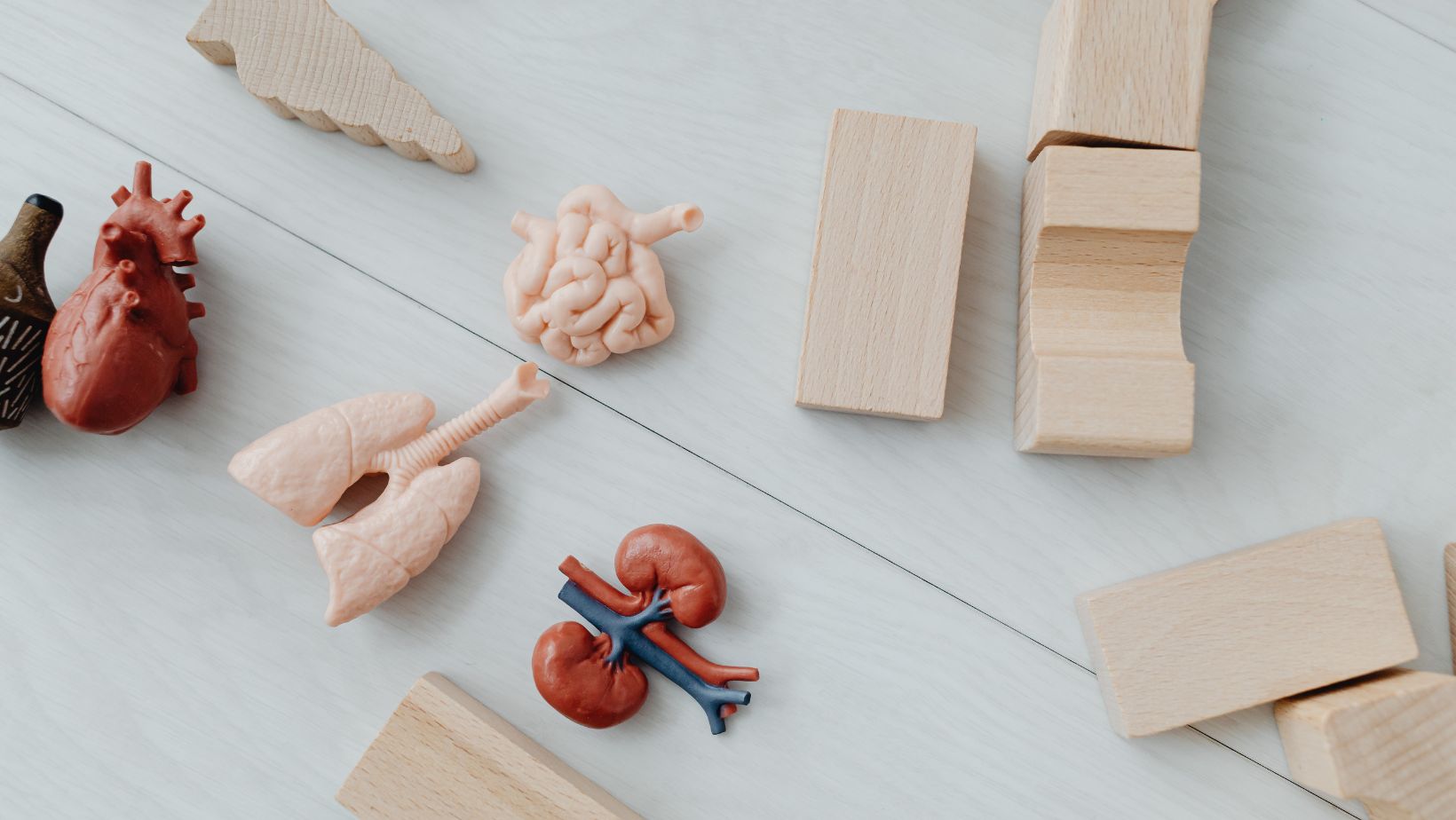
Navigating the Complex Landscape of Lung Diseases: Causes, Diagnosis, and Treatment
The human respiratory system, with its intricate network of airways and vital organs, is responsible for breathing. However, this complex system is not immune to diseases and disorders that can significantly impact a person’s quality of life. In this exploration of lung diseases, we will delve into the various causes, diagnostic methods, and treatment options that help individuals navigate this intricate landscape.
Understanding the Respiratory System
Before we delve into lung diseases, it’s essential to grasp the fundamental workings of the respiratory system. The respiratory system’s primary function is to facilitate the exchange of oxygen and carbon dioxide between the body and the environment. This exchange occurs in the alveoli, tiny air sacs in the lungs, where oxygen is absorbed into the bloodstream, and carbon dioxide is expelled during exhalation.
Common Causes of Lung Diseases
Lung diseases can result from various factors, including:
- Infections: Bacterial, viral, and fungal infections can affect the respiratory system. Pneumonia, tuberculosis, and the flu are examples of infectious lung diseases.
- Environmental Factors: Exposure to pollutants, irritants, and allergens can contribute to lung conditions. Smoking, both active and passive, is a significant risk factor for lung diseases like chronic obstructive pulmonary disease (COPD) and lung cancer.
- Genetics: Some lung diseases, such as cystic fibrosis, have a genetic component. These conditions are typically hereditary and result from specific gene mutations.
- Autoimmune Disorders: Conditions like rheumatoid arthritis and lupus can lead to autoimmune lung diseases, where the immune system mistakenly attacks lung tissues.
- Occupational Hazards: Certain occupations, such as mining and construction, expose individuals to harmful substances like asbestos and coal dust, increasing the risk of lung diseases like asbestosis and black lung disease.
Diagnostic Approaches
Accurate diagnosis is crucial for effective treatment. Lung diseases are diagnosed through various methods, including:
- Physical Examination: A thorough physical examination and a detailed medical history provide valuable initial insights.
- Imaging: X-rays, CT scans, and MRIs can reveal structural abnormalities in the lungs and surrounding tissues.
- Pulmonary Function Tests (PFTs): PFTs assess lung function by measuring parameters like lung capacity and airflow.
- Blood Tests: Blood tests can detect signs of infection, inflammation, or genetic markers associated with certain lung diseases.
- Bronchoscopy involves using a thin, flexible tube with a camera to examine the airways and collect tissue samples for analysis.
- Biopsies: Lung tissue samples obtained through procedures like bronchoscopy or surgery can help diagnose lung cancer and other lung diseases.
Treatment Options
Treatment for lung diseases varies depending on the specific condition and its severity. Standard treatment approaches include:
Medications: Prescription drugs, such as antibiotics, bronchodilators, and corticosteroids, are often used to manage symptoms and underlying causes.
- Lifestyle Changes: Lifestyle modifications, such as smoking cessation and avoiding environmental triggers, can significantly improve lung health.
- Oxygen Therapy: In cases of severe respiratory distress, supplemental oxygen may be necessary to maintain adequate oxygen levels in the blood.
- Pulmonary Rehabilitation: This comprehensive program includes exercise, education, and emotional support to improve lung function and overall well-being.
- Surgery: Surgical interventions, like lung transplantation or tumor removal, may be required for certain lung diseases or advanced stages of lung cancer.
- Vaccinations: Vaccines, such as those for influenza and pneumonia, can help prevent respiratory infections.
Preventing Lung Diseases
Prevention is a critical aspect of lung health. Simple steps can reduce the risk of lung diseases:
- Don’t Smoke: Avoiding tobacco products and secondhand smoke is one of the most effective ways to protect lung health.
- Protect Against Infections: Practicing good hygiene, getting vaccinated, and avoiding close contact with individuals with respiratory infections can reduce the risk of infectious lung diseases.
- Minimize Environmental Exposure: Limit exposure to pollutants, allergens, and occupational hazards whenever possible.
- Exercise Regularly: Physical activity can improve lung function and overall health.
- Seek Early Treatment: If you experience persistent respiratory symptoms, seek prompt medical attention for diagnosis and treatment.
Conclusion
The landscape of lung diseases is intricate, encompassing various conditions with diverse causes and outcomes. Understanding the underlying causes, seeking timely diagnosis, and exploring appropriate treatment options are essential in managing and navigating this complex terrain. By taking proactive measures to protect lung health and promote a healthy lifestyle, individuals can reduce their risk of lung diseases and enjoy a higher quality of life.







